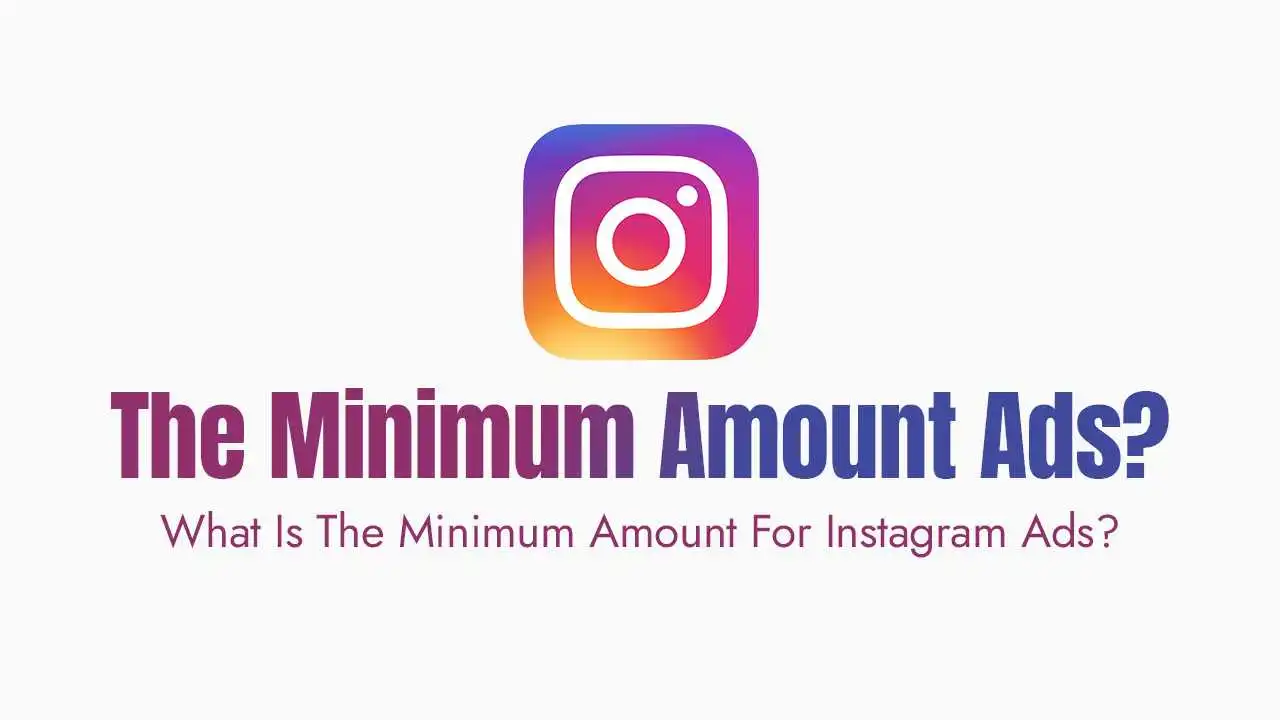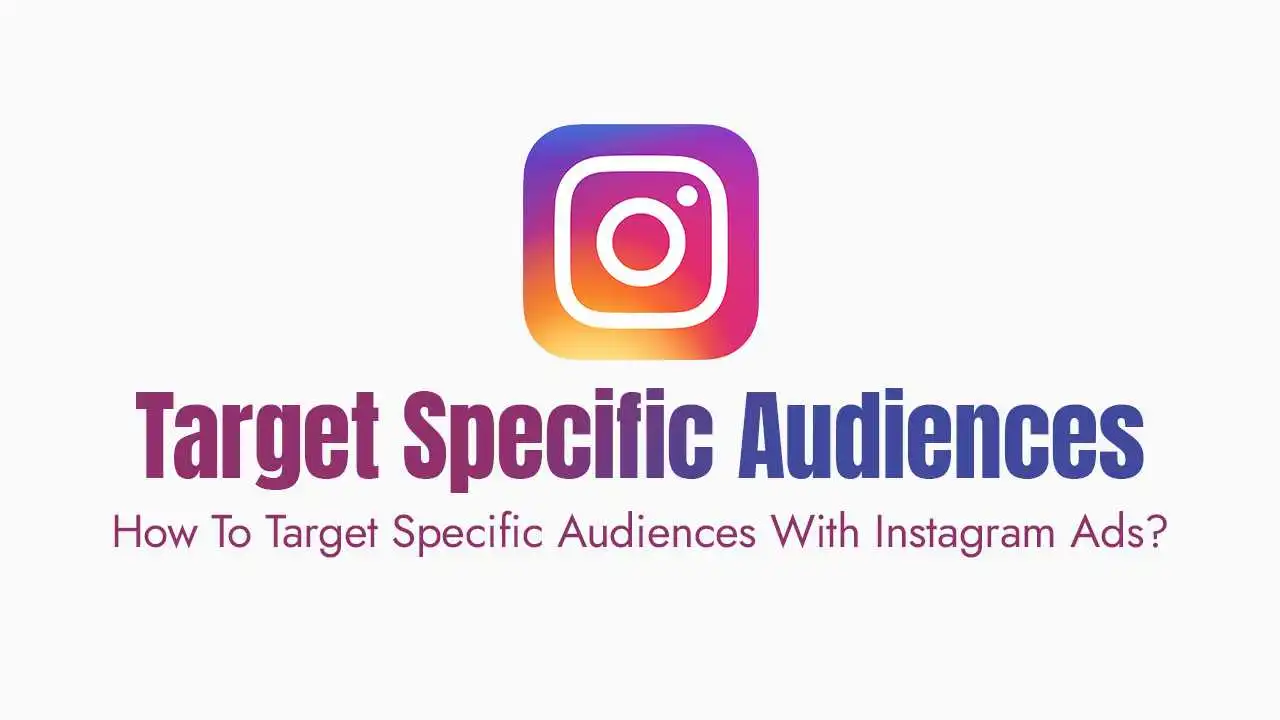Most marketers are drowning in facebook ads data, paralyzed by an ocean of metrics. It’s time to stop looking at everything and start focusing on the right data that actually drives your business forward.
This guide cuts through the clutter, detailing the 7 essential metrics you need, the 5 distracting “vanity” metrics to safely ignore, and the advanced analysis frameworks top agencies use to unlock maximum ROI.
Business Outcome Metrics (Your Bottom Line):
These are the metrics directly linked to profit and growth. They should be the first data points you check, as they measure your campaigns’ direct financial success.
| Metric | Why It Matters | Performance Benchmarks |
| roas (Return on Ad Spend) | Measures campaign profitability. The single most important metric for e-commerce. | $4\text{x}+$ for retargeting campaigns |
| cpa (Cost Per Acquisition) | The cost to acquire one customer or lead. Must be lower than your customer value. | $<30\%$ of Customer ltv (Lifetime Value) |
| conversion rate | How efficiently your funnel turns clicks into customers (or leads into sales). | $2-5\%$ for lead generation |
| purchase value | Average revenue per conversion/transaction. Helps identify upsell success. | Compare against historical averages |
Pro Tip: Don’t just track these—make them visible. Customize your Ads Manager dashboard to prioritize these four metrics using custom columns. For guidance on calculating LTV, explore advanced strategy guides.
Campaign Health Metrics (Weekly Optimization Signals):
These metrics are your weekly check-up. They act as early warning signals that alert you to potential performance issues before they impact your business outcomes.
| Metric | What It Indicates | Actionable Benchmarks |
| ctr (Click-Through Rate) | The persuasiveness of your ad creative/copy. | $<0.5\%$: Refresh creative immediately |
| frequency | How many times the average person has seen your ad. | $>7$: High risk of audience fatigue |
| cpm (Cost Per Mille) | The cost to show your ad 1,000 times. Reflects audience competition/quality. | $2\text{x}$ your benchmark: Reassess targeting/audience size |
| relevance score | Facebook’s estimate of how well your ad resonates with its target audience. | $<5$: Poor targeting or irrelevant ad content |
Case Study in Action: One e-commerce brand slashed its cpa by 62% by aggressively monitoring Tier 2 metrics:
They replaced ads with ctr below %1.
They paused audiences with frequency above 5.
They shifted budget to ads with relevance scores above 7.
The 5 Vanity Metrics You Can Safely Ignore
These metrics often inflate reports but rarely correlate with true business growth. Only track them if your primary goal is pure brand awareness (and even then, only with a lift study).
1. Impressions:
High volume doesn’t mean engagement or action.
2. Reach:
Less valuable than frequency, which tracks exposure intensity.
3. Video Views:
Meaningless without an accompanying “watch time” or “completion rate” metric.
4. Post Reactions:
Likes, shares, and comments are poor predictors of actual conversions.
5. Link Clicks:
Includes accidental taps or internal clicks; unreliable for measuring user intent compared to outbound clicks.
Advanced Reporting Techniques for Top Agencies:
Once you master the basics, leverage these frameworks to find deeper, more impactful insights.
1. The 5-3-1 Analysis Framework:
This cadence ensures you’re making optimization decisions at the right time:
5-Day Review:
Spot crucial emerging trends—a sudden ctr drop or cpa spike.
3-Week Review:
Analyze patterns over a longer period to identify winning strategies before scaling.
1-Month Review:
Make informed, sustained budget allocation decisions based on proven performance.
2. Cohort Analysis:
Compare the performance of different segments over time to see what sticks. This uncovers your most valuable customers:
Audience Segment:
Compare lookalike audiences vs. interest-based targeting.
Creative Approach:
Identify which specific ad formats (video vs. carousel) or messaging leads to better ltv.
Funnel Position:
Analyze retention or purchase frequency based on the initial conversion (e.g., free trial sign-up vs. direct purchase).
Example: A SaaS company found that demo requests from their lookalike audiences had a 23% higher customer retention rate than those from interest-based groups.
Essential Custom Report Templates
Standardized reports keep your data clear and actionable for stakeholders.
| Template | Purpose | Key Data/Example |
| The Executive Summary | High-level performance overview for leadership. | Key Results: roas $\uparrow 15\%$ MoM; Next Steps: Reallocate $2\text{k}$ to top-performing creatives. |
| The Diagnostic Report | Deep dive into underperforming campaigns to find root causes. | Problem: High cpm ($\$38$); Fix: Expand narrow audience (e.g., from $50\text{k}$ reach to a $3\%$ lookalike). |
| The Creative Performance Matrix | Side-by-side comparison of ad creative success. | Goal: Determine which creative type (Video A or Carousel B) has the best roas. |
Conclusion:
Effective facebook ads reporting is about intelligent triage, not data collection. By religiously tracking roas and cpa, using your Campaign Health Metrics as early alarms, and employing advanced analysis frameworks, you can eliminate guesswork. Transform your reporting from a chore into a powerful, data-driven engine for business growth.
Frequently Asked Questions (FAQs):
1. what is the key difference between business outcome metrics and campaign health metrics?
The primary distinction is the type of success they measure and their timeline for action. business outcome metrics (like roas and cpa) are your bottom-line financial indicators; they measure the campaign’s direct impact on profit and growth, and you check them to assess long-term financial success. In contrast, campaign health metrics (like ctr and frequency) act as weekly, early-warning signals that tell you why your outcomes might change, alerting you to problems like audience fatigue or poor ad relevance before they severely impact your business outcomes.
2. why is the article recommending that i ignore link clicks as a metric?
The article suggests ignoring link clicks because this metric is unreliable for accurately measuring a user’s genuine intent to visit your intended destination. link clicks include all clicks on your ad, which encompasses accidental taps, clicks on the “see more” text, or clicks on your ad’s name or profile picture. These do not necessarily mean the user clicked through to your actual landing page. To measure genuine user interest and intent more accurately, you should instead focus on other metrics that track actual conversions or outbound clicks.
3. what actionable step should i take if my ad's frequency metric is too high?
If your ad’s frequency rises above the suggested benchmark of 7 (or even 5, as noted in the case study), it signals that your audience is likely experiencing ad fatigue—they are seeing the same ad too many times. The most actionable step to take is to immediately refresh your ad creative and copy for that specific audience to maintain engagement. Alternatively, you can expand the target audience size to distribute the ad impressions across more people, thereby lowering the average frequency per person.
4. how can the 5-3-1 analysis framework help me make better budget decisions?
The 5-3-1 analysis framework helps you make better budget decisions by structuring your data review cadence to match the necessary action. The 5-day review helps you quickly pause underperforming ads and protect your budget from immediate waste. The 3-week review provides a longer performance window to confidently identify consistent winning ads and audiences worth scaling. Finally, the 1-month review allows you to make informed, sustained budget allocation decisions for the next month based on a proven history of profitability and performance trends.
5. what is the primary benefit of using cohort analysis in facebook ads reporting?
The primary benefit of cohort analysis is its ability to move beyond basic conversion numbers and identify the quality and lifetime value (ltv) of customers acquired from different advertising efforts. By grouping customers based on their acquisition source (e.g., lookalike audience, specific creative, or initial offer), you can determine which initial strategies lead to customers who are more likely to return, make repeat purchases, or have a higher retention rate, allowing you to prioritize and scale your most profitable campaign inputs.





